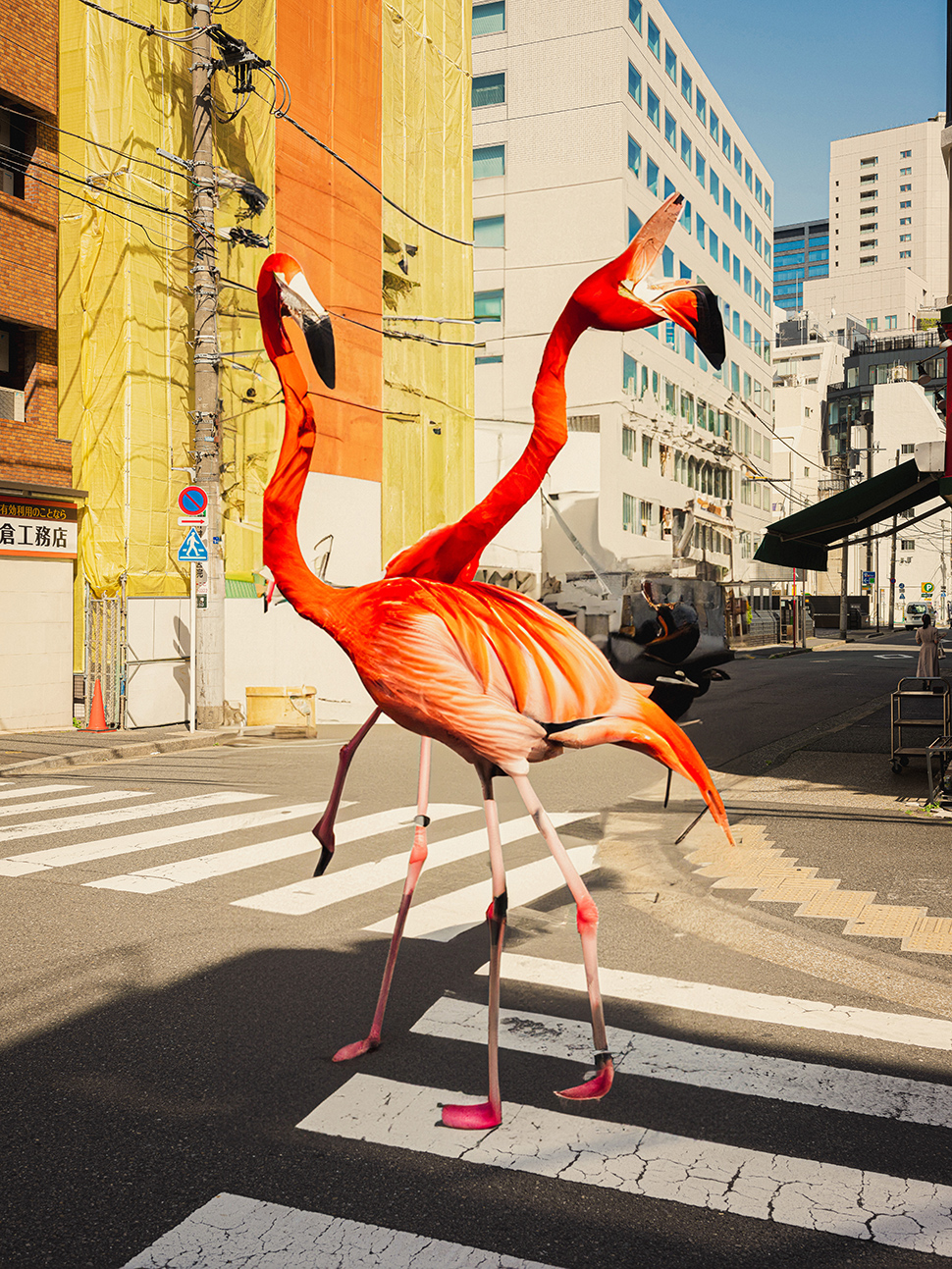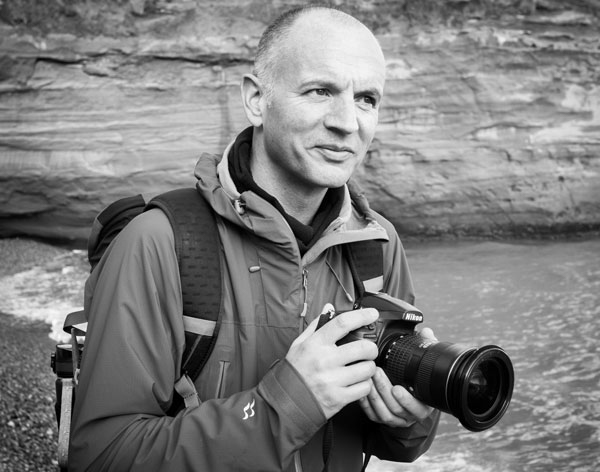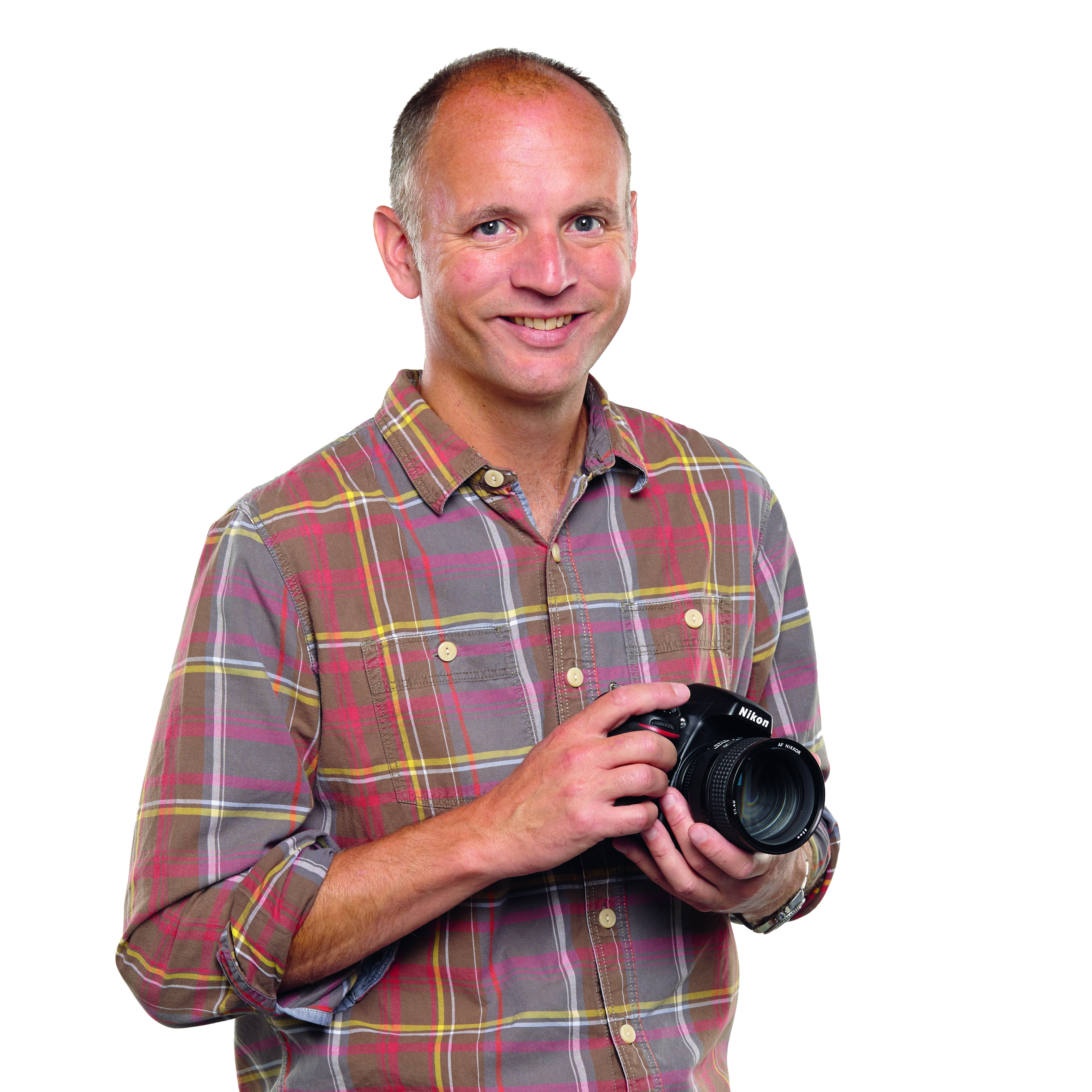“It’s awesome. It’s also terrible, and that’s what I love about AI photography”
Benedict Brain tries out AI, the exciting emerging technology that’s dividing the photographic community


Benedict Brain is a UK-based photographer, journalist and artist. He is an Associate of the Royal Photographic Society and sits on the society’s Distinctions Advisory Panel. He is also a past editor of Digital Camera Magazine, and the author of You Will be Able to Take Great Photos by The End of This Book.
In the heart of Tokyo, a flamboyant dancer emerges. Gracefully poised, a flamingo glides across the tarmac, its vibrant plumage a mesmerizing spectacle. Nature’s artistry meets the city’s vibrant energy, captivating all who witness this enchanting ballet.
OK, I’ll admit it, that intro was created by ChatGPT with a few simple prompts. And, believe it or not, the image has a sprinkling of AI dust too. I did not actually witness a dancing flamingo on the streets of Tokyo - I created it with the Generate Fill feature in Photoshop.
Using one of my recent travel photographs, I selected an area in the middle of the frame, adding the words ‘photo-realistic dancing flamingo’ in the Generate Fill prompt window. 15 seconds later, Photoshop had scoured Adobe Stock’s archive using AI algorithms to provide me with three versions and the option to try more. It’s awesome. It’s also terrible, and that’s what I love about it.
This version showcases a strange three-and-a-half-legged and two-headed flamingo-like creature. It’s a peculiar amalgamation of many flamingo images from the Adobe Stock library, reconfigured to fulfil my ‘dancing’ prompt and assimilate it into the scene. In some aspects, it has done an excellent job – it has matched the lighting surprisingly well, for example – but it’s the strange, sculptural distortions that I find most alluring. The new configurations of flamingos, re-imagined in some dystopian evolutionary nightmare, are both disturbing and beautiful in equal measure.
There is so much creative potential here. With time (and probably quite quickly), AI will improve, learn and produce more convincing results. In the meantime, I’m intrigued and inspired to explore this further. I’ll no doubt dabble in Midjourney, DALL-E, and anything else I can get my hands on. The technology raises many questions for photographers and artists – but for now I’m more excited than worried by the creative possibilities. We shall see.
• Other articles in the Art of Seeing series
Read more:
The best camera deals, reviews, product advice, and unmissable photography news, direct to your inbox!
• Introducing AI image generation into my photography workflow opens up a whole new world of possibilities
• The 50 best photographers ever
• 100 best photography quotes from famous photographers
• The best coffee-table books on photography
Benedict Brain is a UK based photographer, journalist and artist. He graduated with a degree in photography from the Derby School of Art in 1991 (now University of Derby), where he was tutored and inspired by photographers John Blakemore and Olivier Richon, amongst others. He is an Associate of the Royal Photographic Society and also sits on the society’s Distinctions Advisory Panel.
Until July 2018 Benedict was editor of Britain’s best-selling consumer photography magazine, Digital Camera Magazine. As a journalist he met and interviewed some of the world’s greatest photographers and produced articles on a wide range of photography related topics, presented technique videos, wrote in-depth features, curated and edited best-in-class content for a range of titles including; Amateur Photographer, PhotoPlus, N-Photo, Professional Photography and Practical Photoshop. He currently writes a regular column, The Art of Seeing, for Digital Camera magazine.

